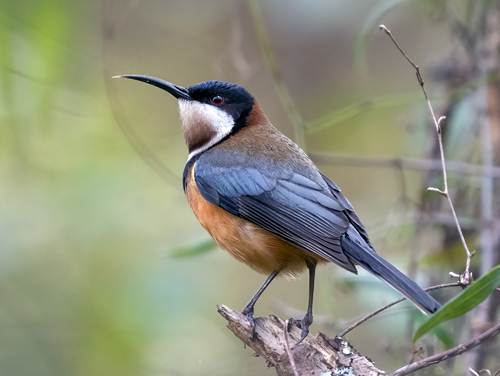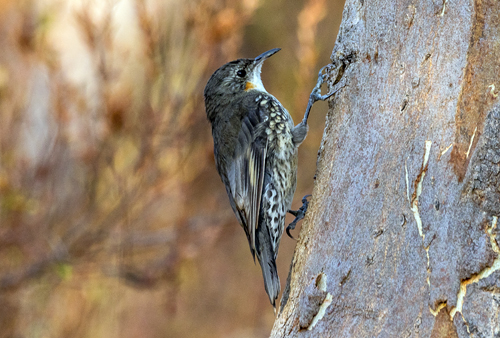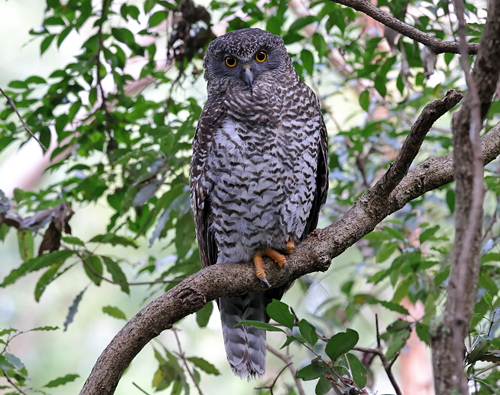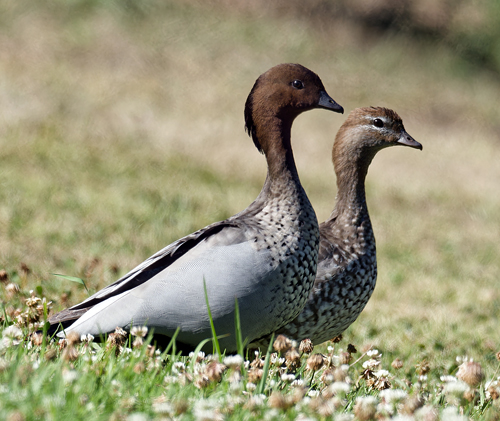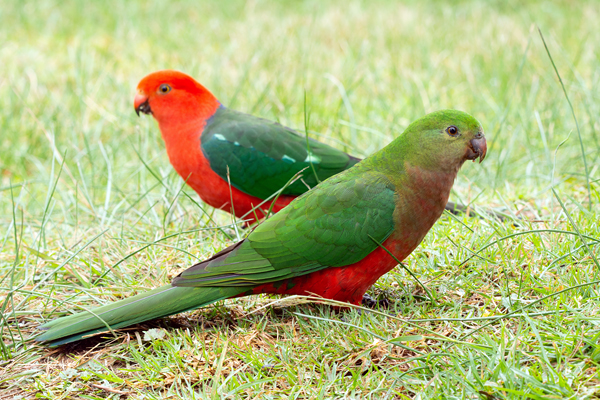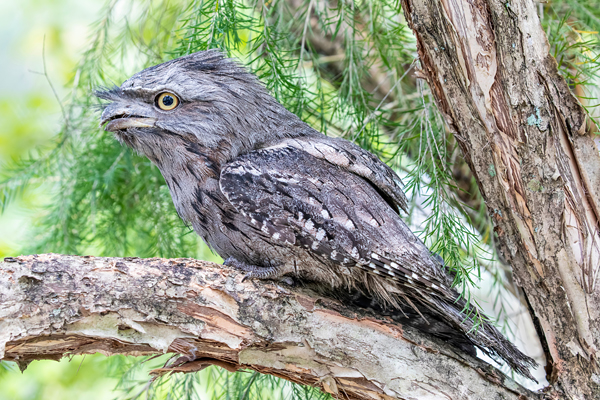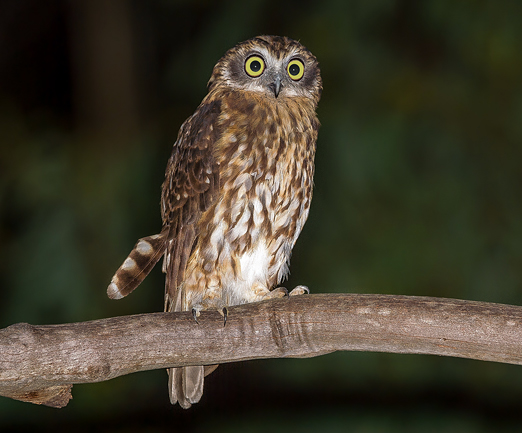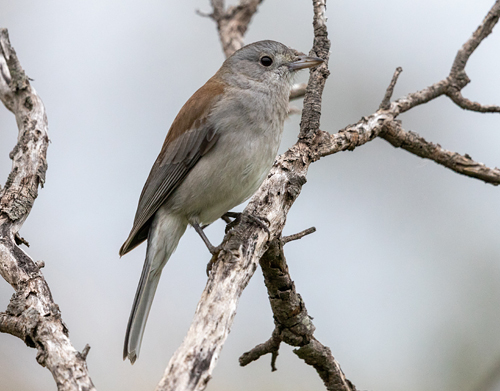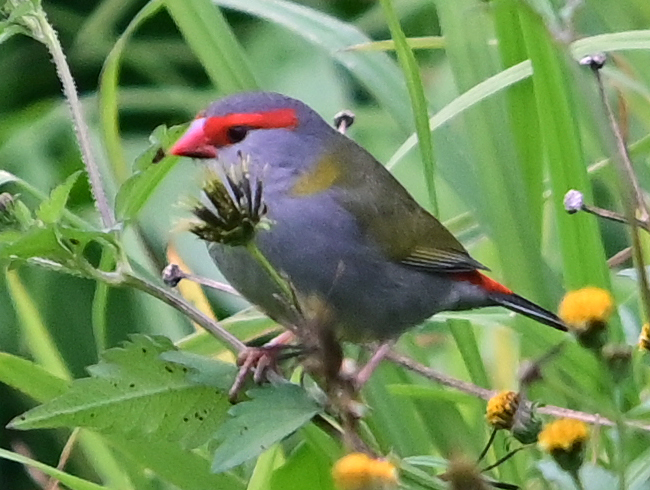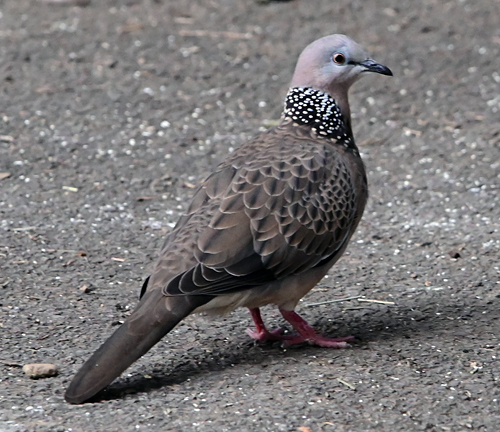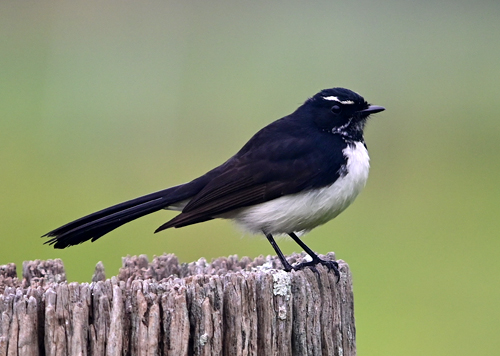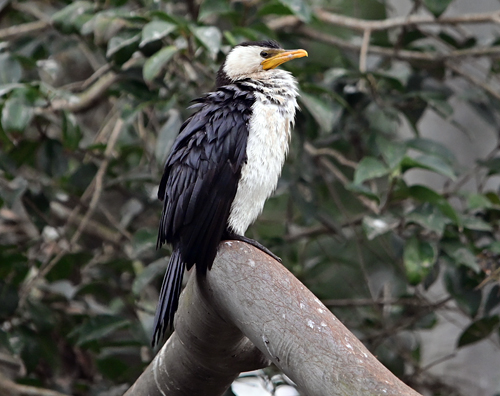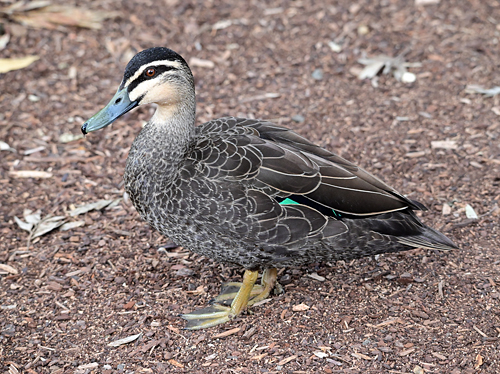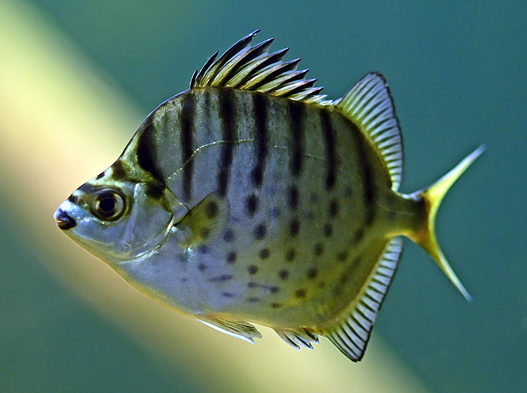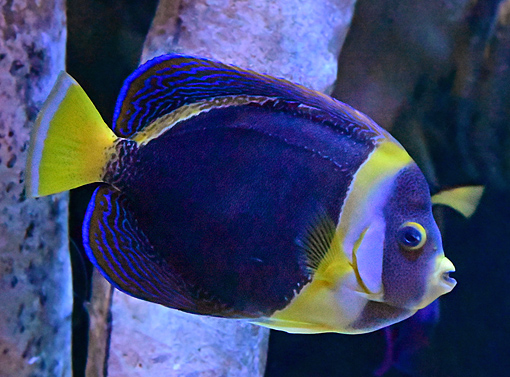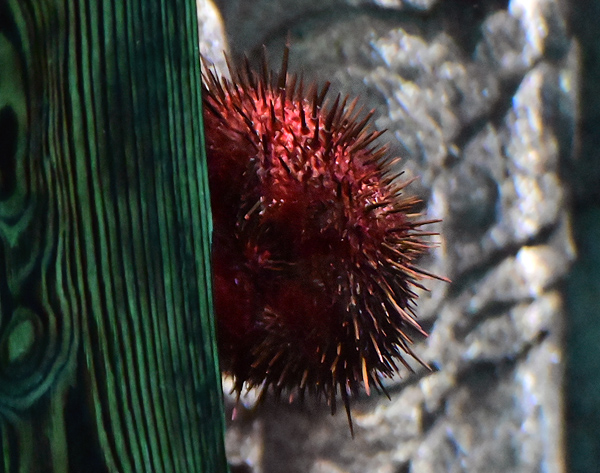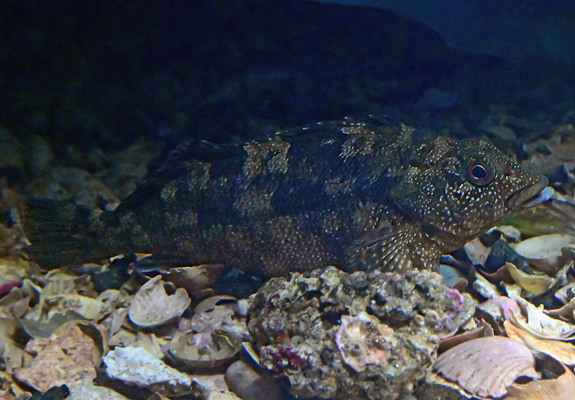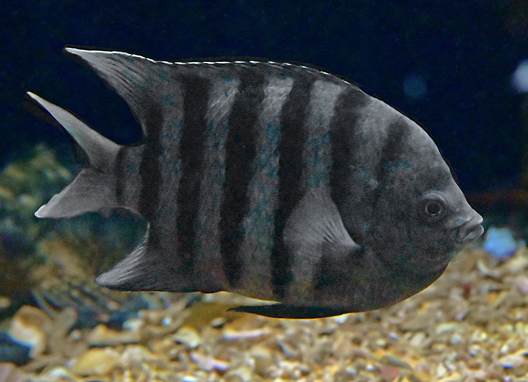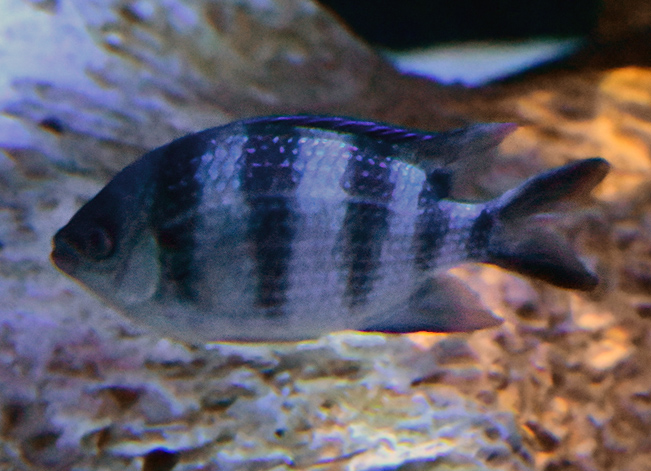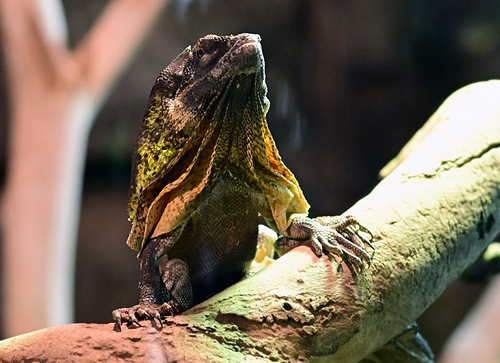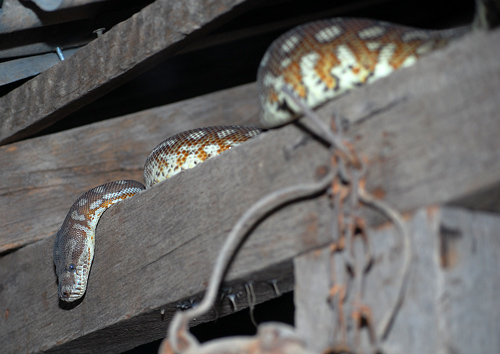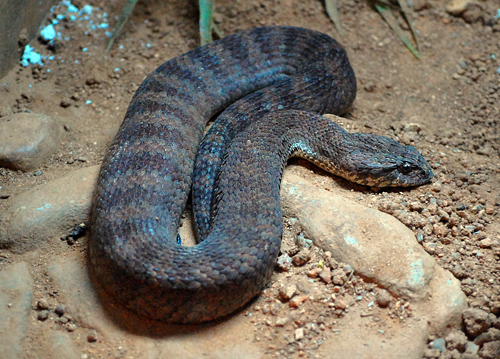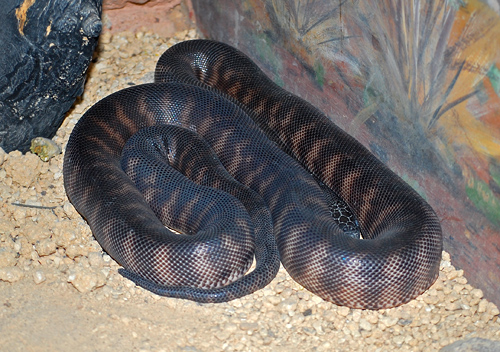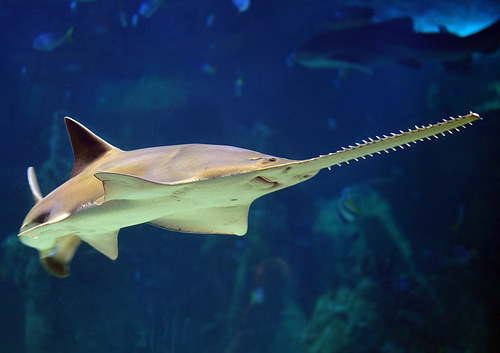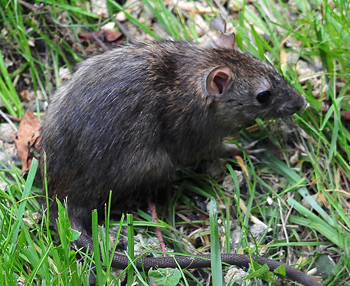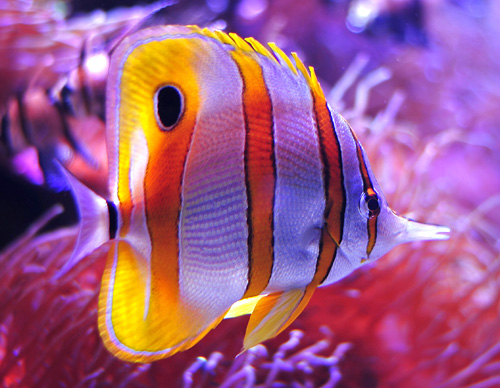Pot-bellied Seahorse

Hippocampus abdominalis
Other Names: Big-belly Seahorse
Size: Up to 35 cm, the largest seahorse in Australia and one of the largest in the world.
Family: Syngnathidae, a family of fish which includes seahorses, pipefishes, and seadragons. The name is derived from Greek, σύν (syn), meaning "together", and γνάθος (gnathos), meaning "jaw". This fused jaw trait is something the entire family has in common.
Distribution: Southeast Australia and New Zealand
Status: Least concern
Habitat: The pot-bellied seahorse is found among algae, seagrasses, and rocky reefs in shallow water, and attached to sponges and colonial hydroids in deeper areas. They also attach to jetty piles and other manmade objects, and can be found in estuaries. They usually inhabit waters less than 50 m (160 ft) deep, but have been found as deep as 104 m (340 ft). Juveniles are pelagic or attached to drifting seaweed.
References: Wikipedia.
About the Pot-bellied Seahorse
The pot-bellied seahorse has a forward-tilted, a long-snouted head, a distended but narrow pot belly, and a long, coiled tail.
Habits: Each eye moves separately, making it easier for them to see food and predators.
Posture: The pot-bellied seahorse swims using its dorsal fin with a vertical stance.
Diet: When not swimming, it coils its prehensile tail around any suitable growth, such as seaweed, waiting for planktonic animals to drift by, when they are sucked up by the small mouth set at the tip of the snout much like a vacuum cleaner. Seahorses are voracious feeders, eating mainly crustaceans, such as shrimp, and other small animals living among the seaweed, such as copepods and amphipods. They do not chew, so they can eat to excess because of their small gut tract.
Breeding: Distinguishing males from females is easy: The male has a smooth, soft, pouch-like area at the base of its abdomen (i.e. belly) where the stomach meets the tail on the front side. Males also have a fin there, but it is less obvious. The female has more of a pointed stomach with a very obvious fin at the base of it.
Economics: The pot-bellied seahorse is a popular aquarium species. Dried specimens are sold as traditional medicine in Asia, though the idea of eating a seahorse would make me feel sad, almost like eating a friend or pet (or actual/mammal horse). Stocks come from the wild or are aquarium-reared. They are easy to keep in aquariums and feed on small shrimp and crustaceans.

Photo taken at Sydney Aquarium, Sydney, NSW, Australia. Higher Resolution 3024 x 2012.

Photo taken at Sydney Aquarium, Sydney, NSW, Australia. Higher Resolution 2715 x 1810.

Photo taken at Sydney Aquarium, Sydney, NSW, Australia. Higher Resolution 3024 x 2012.
See Also
Australian Mammals
Australian Birds
Australian Reptiles
Australian Frogs
Australian Spiders and Their Faces
Australian Wild Plant Foods
Return to Australian Fish



